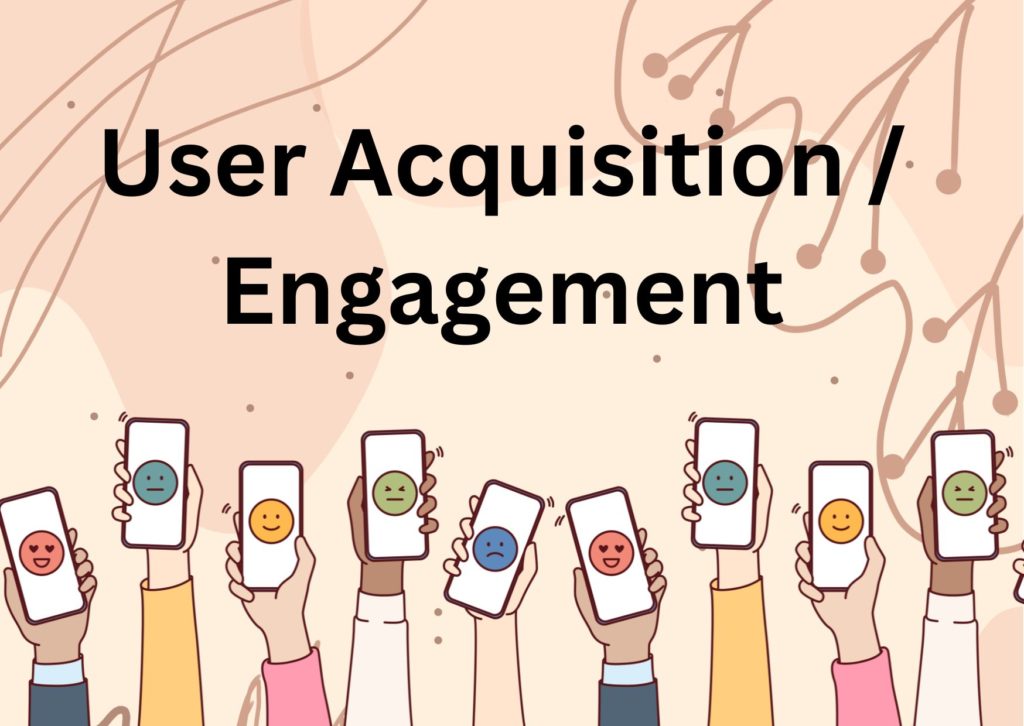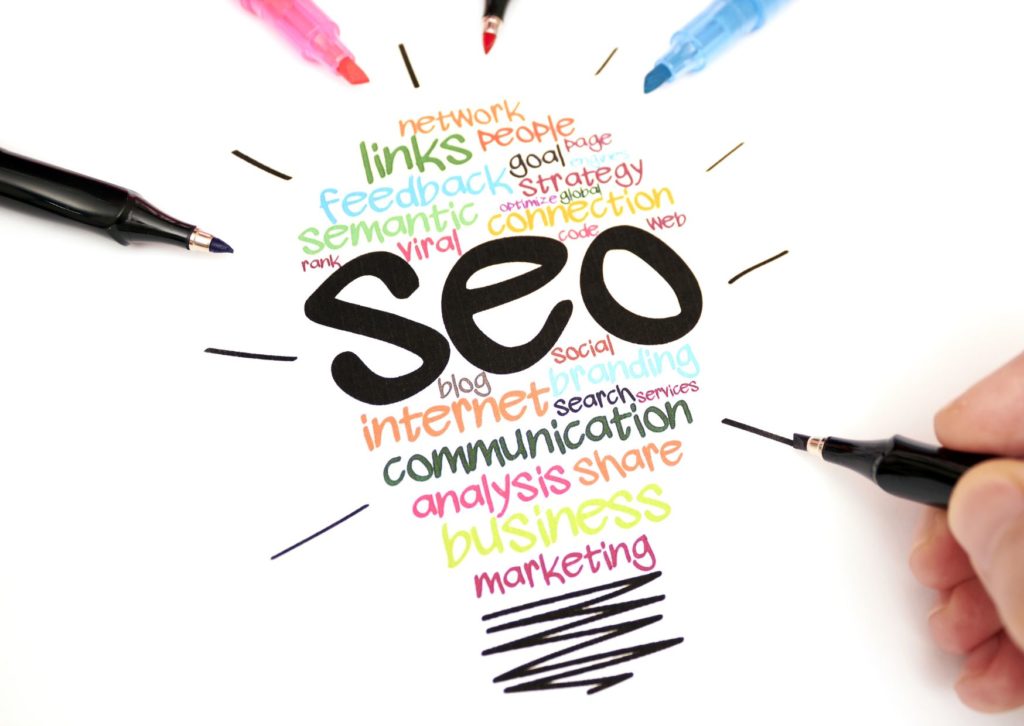Advanced User Acquisition Strategies for Mobile Apps in 2025
Introduction
The mobile advanced user acquisition landscape has undergone dramatic transformation in 2025, driven by privacy changes, rising costs, and evolving user behaviors. 80% of app marketers are optimistic about 2025, with most expecting it to be as good or better than 2024, but success requires sophisticated strategies that go beyond traditional paid advertising approaches.
With user acquisition costs continuing to rise across all major platforms and attribution becoming more challenging due to iOS 14.5+ privacy updates, app marketers must evolve their strategies to focus on sustainable, profitable growth. This comprehensive guide explores the most effective user acquisition techniques that top-performing apps use to build engaged user bases while maintaining healthy unit economics.
Modern user acquisition success requires a multi-faceted approach that combines emerging channels, advanced targeting methods, creative excellence, and data-driven optimization. The apps that thrive in 2025 are those that have adapted to the new reality of privacy-first marketing while discovering innovative ways to reach and convert high-value users.
The Evolution of Mobile User Acquisition
User acquisition has evolved from simple banner ads and basic demographic targeting to sophisticated, multi-channel campaigns that leverage first-party data, contextual signals, and advanced attribution modeling. The industry shift toward quality over quantity has fundamentally changed how successful apps approach growth strategies.
The deprecation of IDFA and upcoming changes to Android advertising IDs have forced marketers to develop new approaches for user identification, targeting, and measurement. Successful user acquisition now relies more heavily on contextual targeting, creative excellence, first-party data collection, and probabilistic attribution methods.
Privacy-first user acquisition requires building direct relationships with users through owned channels while optimizing for longer-term retention and lifetime value rather than simple install volumes. This fundamental shift has created opportunities for brands that can adapt their strategies effectively.
Foundation Elements for Advanced User Acquisition
Defining Your Ideal User Profile (ICP)
Advanced user acquisition begins with sophisticated user profiling that goes beyond basic demographic data to include behavioral patterns, engagement preferences, monetization potential, and predicted lifetime value. Creating detailed user personas based on actual app data enables more precise targeting and higher-quality user acquisition.
Successful ICPs incorporate psychographic data, usage patterns, conversion behaviors, and retention characteristics to create comprehensive user profiles. This depth of understanding enables better creative messaging, channel selection, and campaign optimization strategies that resonate with high-value prospects.
Dynamic user profiling using machine learning algorithms can identify evolving user characteristics and preferences, enabling real-time campaign adjustments that maintain targeting accuracy as user behaviors change over time.
First-Party Data Strategy and Implementation
Building robust first-party data collection systems becomes crucial for sustainable user acquisition in privacy-focused environments. Effective strategies encourage voluntary data sharing through value exchanges, progressive profiling, and transparent data usage policies that build trust with users.
Email capture optimization, progressive onboarding flows, and preference centers enable collection of valuable user data that improves targeting accuracy and campaign performance. This first-party data becomes increasingly valuable as third-party targeting capabilities diminish.
Data activation strategies that leverage first-party insights for lookalike modeling, custom audience creation, and predictive analytics enable more effective user acquisition campaigns while respecting user privacy preferences.
Advanced Channel Strategies
Emerging Platform Opportunities
Alternative mobile channels and maintaining a balance between speed, strategy, and sustainability have become crucial for user acquisition success. Platforms like TikTok, Reddit, Pinterest, and emerging social networks offer unique targeting capabilities and engaged audiences that traditional platforms may not reach effectively.
Connected TV and streaming platform advertising provide new opportunities for app promotion with advanced targeting capabilities and high-engagement environments. These channels often offer better cost efficiency and less competition than traditional mobile advertising platforms.
Podcast advertising, influencer partnerships, and content marketing through emerging platforms enable authentic user acquisition that builds brand trust while driving high-quality installs from engaged audiences.
Advanced Social Media Acquisition
Social media user acquisition has evolved beyond simple feed ads to include sophisticated targeting methods, community engagement strategies, and authentic content approaches that drive organic growth alongside paid campaigns.
Platform-specific strategies leverage unique features like Instagram Reels, TikTok effects, LinkedIn thought leadership, and Twitter Spaces to create engaging content that naturally promotes app adoption while building brand awareness.
Social commerce integration enables direct app promotion within social platforms, reducing friction in the user acquisition funnel while providing better attribution and conversion tracking capabilities.
Programmatic and Contextual Advertising
Programmatic advertising has adapted to privacy changes by emphasizing contextual targeting, real-time bidding optimization, and creative personalization that doesn’t rely on individual user tracking. Advanced programmatic platforms use AI-powered optimization to identify high-converting placements and audiences.
Contextual advertising strategies focus on content relevance, environmental factors, and user behavior patterns rather than individual tracking. This approach often provides better performance while respecting user privacy preferences and regulatory requirements.
Advanced attribution modeling for programmatic campaigns uses statistical analysis, incrementality testing, and machine learning to measure campaign effectiveness without relying on deterministic tracking methods.
Creative Excellence in advanced user acquisition
Performance-Driven Creative Development
Creative excellence has become the primary differentiator in successful user acquisition campaigns as targeting capabilities become more limited. Performance-driven creative development processes emphasize rapid testing, data-driven optimization, and scalable production workflows.
Video creative optimization leverages motion graphics, authentic user testimonials, and interactive elements to capture attention and communicate value propositions effectively within short attention spans typical of mobile advertising environments.
Dynamic creative optimization (DCO) systems automatically adjust creative elements based on audience characteristics, performance data, and contextual signals to maximize relevance and conversion rates across different user segments and placements.
User-Generated Content Integration
User-generated content provides authentic social proof that drives higher conversion rates than traditional branded content. Strategic UGC campaigns encourage existing users to create content that showcases real app usage and benefits.
UGC collection strategies include in-app prompts, social media contests, review incentives, and community building initiatives that generate authentic content at scale. This content can be repurposed across multiple acquisition channels for maximum efficiency.
Rights management and content optimization ensure UGC campaigns comply with platform policies while maintaining quality standards that reflect positively on brand perception and conversion performance.
Personalization and Dynamic Content
Advanced personalization technologies enable creative content that adapts to user characteristics, behavior patterns, and contextual signals in real-time. This personalization occurs at the ad serving level, optimizing relevance for different audience segments automatically.
Localization strategies extend beyond language translation to include cultural adaptation, regional preferences, and local market conditions that improve campaign resonance in different geographic markets.
Seasonal and event-based creative optimization ensures campaigns remain relevant and timely, capitalizing on trending topics, holidays, and cultural moments that drive higher engagement rates.
Advanced Targeting and Optimization
Lookalike Modeling and Predictive Analytics
Advanced lookalike modeling uses machine learning algorithms to identify potential users who share characteristics with high-value existing users. These models incorporate behavioral data, engagement patterns, and monetization history to create more accurate targeting profiles.
Predictive analytics platforms analyze user behavior patterns to identify prospects with the highest probability of completing desired actions, enabling more efficient budget allocation and campaign optimization strategies.
Cross-platform data integration enables more comprehensive user profiles that improve lookalike model accuracy and campaign targeting effectiveness across multiple advertising channels and touchpoints.
Behavioral Targeting and Intent Signals
Behavioral targeting strategies leverage user action patterns, app usage history, and engagement signals to identify prospects at optimal moments for conversion. These approaches focus on user intent rather than demographic characteristics.
Real-time intent signals from search behavior, content consumption, and app usage patterns enable dynamic campaign optimization that reaches users when they’re most likely to convert.
Cross-app behavioral data provides insights into user preferences and patterns that inform targeting strategies and creative messaging that resonates with specific user segments effectively.
Attribution and Measurement Innovation
Advanced attribution modeling combines deterministic data with probabilistic methods to provide comprehensive campaign performance insights. These models account for cross-platform user journeys and multi-touch conversion paths.
Incrementality testing methodologies measure true campaign lift by comparing exposed and control groups, providing accurate insights into campaign effectiveness that guide optimization decisions.
Marketing mix modeling (MMM) approaches analyze the contribution of different channels and campaigns to overall business outcomes, enabling more strategic budget allocation and campaign planning decisions.
Emerging Trends and Opportunities
AI-Powered Campaign Optimization
AI agents are expected to revolutionize ad tech by automating complex tasks like sales inquiries, customer service, and user acquisition, enabling businesses to operate more efficiently. Machine learning optimization systems automatically adjust bids, budgets, audiences, and creative elements based on performance data and predictive modeling.
Automated campaign management platforms reduce manual optimization workload while improving campaign performance through continuous learning and adaptation that human marketers cannot match in scale or speed.
Predictive budget allocation uses AI to forecast campaign performance and automatically distribute spending across channels and campaigns that are most likely to achieve desired outcomes efficiently.
Privacy-First Growth Strategies
Cookieless advanced user acquisition strategies prepare for the complete deprecation of third-party tracking by focusing on first-party data, contextual targeting, and direct user relationships that don’t depend on cross-site tracking.
Consent-based marketing approaches build user trust through transparent data practices, value exchanges, and user control over data sharing preferences that improve long-term retention and brand loyalty.
Server-side attribution solutions provide accurate measurement while respecting user privacy preferences and regulatory requirements that govern data collection and usage practices.
Implementation and Optimization Framework
Campaign Structure and Management
Advanced user acquisition requires sophisticated campaign structures that enable granular optimization while maintaining management efficiency. Proper account architecture separates campaigns by user segments, creative types, and optimization objectives.
Testing frameworks establish systematic approaches for creative testing, audience validation, and channel evaluation that provide statistically significant insights for optimization decisions.
Performance monitoring systems track key metrics across all channels and campaigns, providing real-time insights that enable rapid optimization and budget reallocation based on performance trends.
Team Structure and Skill Development
Successful advanced user acquisition teams combine analytical skills, creative capabilities, and technical expertise required for modern campaign management. Team structures should include specialists in data analysis, creative production, and platform management.
Continuous learning programs ensure team members stay current with platform updates, industry trends, and new optimization techniques that impact campaign performance and strategic effectiveness.
Cross-functional collaboration between user acquisition, product development, and customer success teams ensures campaigns align with business objectives and user experience optimization efforts.
Frequently Asked Questions
1. What are the most cost-effective user acquisition channels in 2025?
Cost-effectiveness varies by app category and target audience, but emerging channels like TikTok, contextual programmatic advertising, and influencer partnerships often provide better ROI than traditional Facebook and Google campaigns.
2. How has iOS 14.5+ affected advanced user acquisition strategies?
Privacy changes have shifted focus toward creative excellence, first-party data collection, and longer attribution windows. Successful strategies now emphasize brand building and user retention rather than pure performance marketing.
3. What budget should I allocate to different advanced user acquisition channels?
Best practices suggest diversifying across 3-5 channels with 60% in proven channels, 30% in testing new opportunities, and 10% in experimental approaches. Budget allocation should be based on historical ROI and business objectives.
4. How do I measure user acquisition success without traditional attribution?
Focus on incrementality testing, marketing mix modeling, and cohort analysis to understand true campaign impact. Combine these with first-party analytics and lifetime value analysis for comprehensive measurement.
5. Should I focus on user volume or user quality?
Quality should be prioritized over volume, with focus on users who demonstrate high lifetime value potential and strong retention characteristics. Quality users provide better long-term ROI and sustainable growth.
Conclusion
Advanced user acquisition in 2025 requires sophisticated strategies that adapt to privacy changes, rising costs, and evolving user behaviors. Success demands a combination of creative excellence, data-driven optimization, channel diversification, and long-term user value focus.
The apps that achieve sustainable growth are those that invest in comprehensive advanced user acquisition strategies encompassing emerging channels, advanced targeting methods, and measurement approaches that provide accurate insights for optimization decisions.
For businesses looking to master advanced user acquisition strategies that drive sustainable growth and profitability, partnering with experienced specialists can accelerate results while avoiding costly mistakes. App Marketing Plus offers comprehensive advanced user acquisition solutions that combine industry expertise with cutting-edge strategies for maximum ROI and long-term success.
Related Articles:
- AI-Powered App Store Optimization: The Complete 2025 Guide
- App Monetization Trends 2025: Hybrid Models and AI Optimization
- Building Effective App Retargeting Campaigns That Drive Revenue



